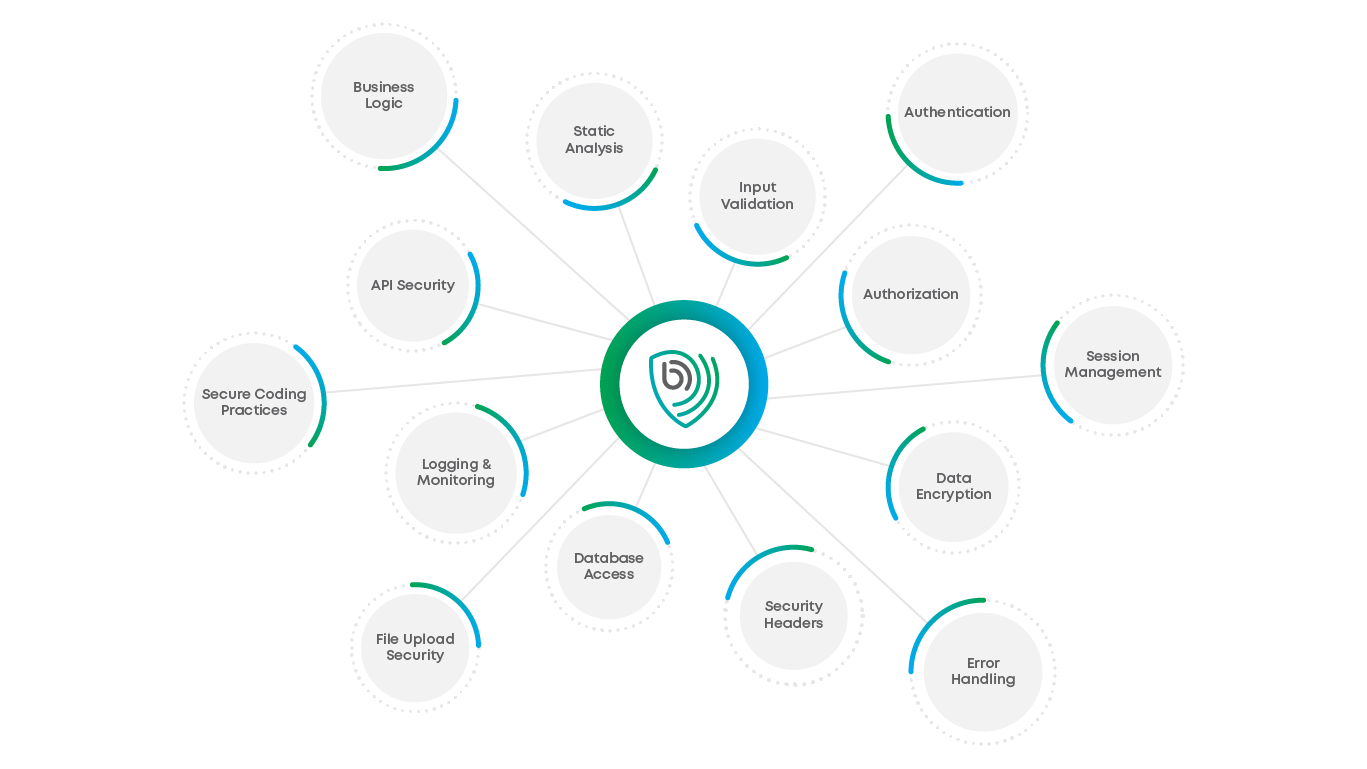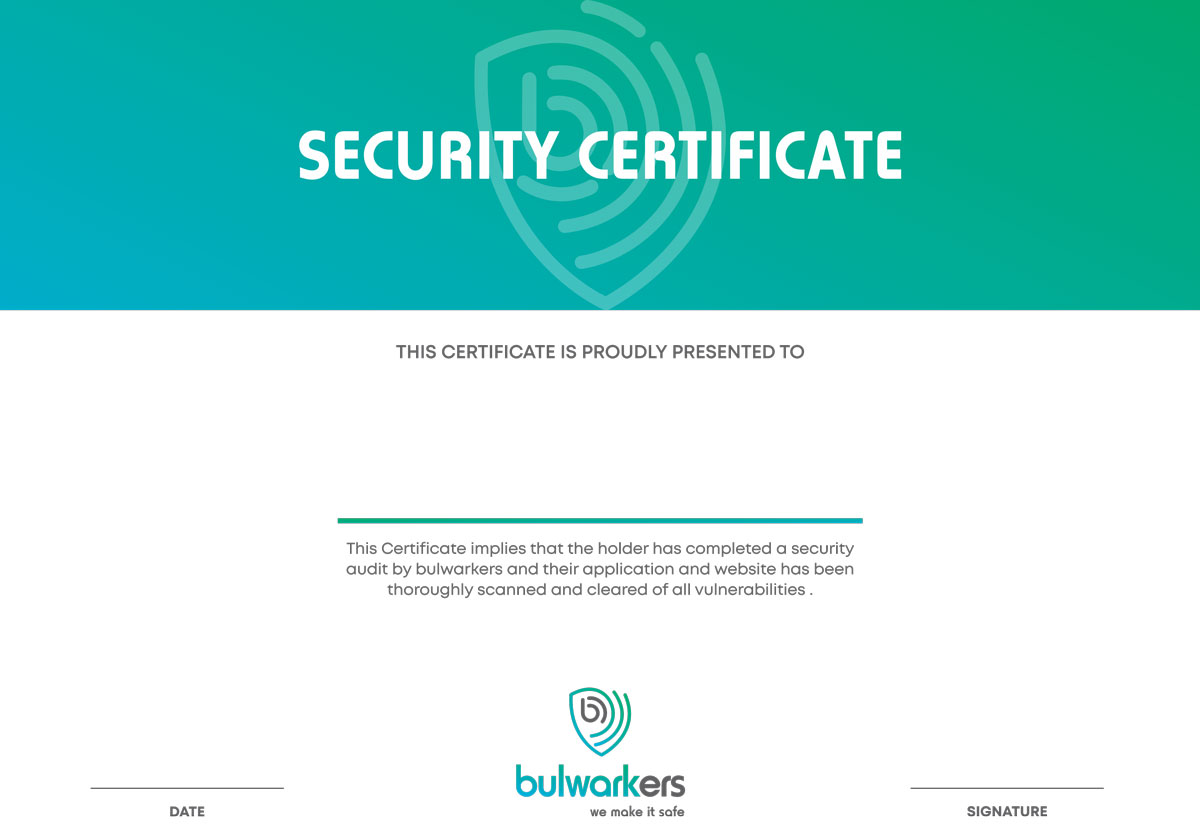
Source Code Review
What is Source Code Review?
Source Code Review, also known as Code Review or Static Code Analysis, is a systematic examination of the source code of a software application to identify and address security vulnerabilities, coding errors, and adherence to coding standards. The goal of source code review is to ensure the robustness, security, and maintainability of the software.
Contact UsWhy Source Code Review is Important?
Source code review is important for several reasons, playing a crucial role in ensuring the security, quality, and maintainability of software applications.
Here are key reasons highlighting the importance of source code review:
1. Vulnerability Identification:
Early Detection of Security Flaws: Source code review allows for the early identification of security vulnerabilities and coding errors before the software is deployed.
2. Code Quality Assurance:
Enforcement of Coding Standards: Code review ensures that developers adhere to coding standards, best practices, and industry guidelines. Consistent coding standards enhance code readability.
3. Risk Mitigation:
Reducing Security Risks: By identifying and addressing security vulnerabilities, source code review significantly reduces the risk of exploitation by attackers.
4. Performance Optimization:
Efficient Resource Utilization: Code review helps identify performance bottlenecks, inefficient algorithms, and resource-intensive operations. Optimizing the code.
5. Maintainability and Readability:
Ease of Maintenance: Well-reviewed and documented code is easier to maintain. Code readability ensures that developers can understand and modify the code efficiently.
6. Consistent Development Practices:
Promoting Consistency: Code reviews ensure consistency in coding practices across the development team. This consistency is essential for collaborative development and knowledge.
7. Knowledge Transfer:
Sharing Expertise: Code review provides an opportunity for knowledge transfer among team members. Senior developers can share expertise with junior developers, fostering a culture of learning and improvement.
8. Third-Party Component Security:
Mitigating Risks from Dependencies: Code review assesses the security of third-party libraries and components. Identifying and addressing vulnerabilities in dependencies reduces the risk of security issues.
9. Continuous Improvement:
Iterative Learning: Feedback from code reviews can be used to iteratively improve development practices. This cycle of continuous improvement ensures that the development team.
10. Integration with Development Workflow:
Early Integration of Security Measures: Integrating code review into the development workflow ensures that security considerations are addressed early in the software development lifecycle.
11. Compliance Requirements:
Meeting Regulatory Standards: In certain industries, compliance with regulatory standards and security certifications is mandatory. Code review assists in meeting these requirements.
Bulwarkers Approach to Source Code Review:
Unveiling a Strategic Defence Blueprint

1. Information Gathering
Gathering of information through searches of public databases, websites and routing information etc.

2. Scanning
Execution of the scans using automated software tools. Enumeration of hosts, services, application and vulnerabilities.

3. Manual Verification
Verification of the scan results, additional manual discovery and elimination of the false positives.

4. Manual Exploits
Further discovery and exploitation of Manual vulnerabilities using manual Exploits techniques and custom tools an necessary.

5. Analysis and reporting
Analysis of risk and business impact. reporting development of the testing report.

6. Reset and validate
Conduct follow-up testing to verify the effectiveness of remediation efforts and confirm closure of identified vulnerabilities.
Key Aspects of Source Code Review

CERTIFICATE ACKNOWLEDGED BY THE INDUSTRY
Earn your customers' confidence with a distinct, publicly verifiable certificate of security.
Show off your secure application. Have our engineers check your fixes and secure a unique hosting safety certificate for your product.
Distribute the certificate link to your partners and customers to foster trust-based relationships.

Frequently Asked Questions
VAPT stands for Vulnerability Assessment and Penetration Testing. It is a comprehensive cybersecurity approach that combines the identification of vulnerabilities through assessment with the simulation of real-world attacks.
VAPT is crucial for identifying and addressing security vulnerabilities proactively, reducing the risk of cyberattacks, ensuring compliance, and enhancing overall cybersecurity posture.
Vulnerability Assessment focuses on identifying vulnerabilities in a system using automated tools and manual processes. Penetration Testing, on the other hand, actively simulates cyberattacks to test the system's defences and identify potential points of compromise.
VAPT should be conducted regularly, ideally as part of a continuous security program. The frequency depends on factors such as the rate of system changes, industry regulations, and the organization's risk tolerance.
VAPT is typically conducted by cybersecurity professionals, including ethical hackers and certified penetration testers. These individuals have expertise in assessing and securing IT systems.
Common vulnerabilities addressed in VAPT include SQL injection, cross-site scripting (XSS), cross-site request forgery (CSRF), insecure configurations, and vulnerabilities outlined in the OWASP testing guide.
Yes, VAPT can be performed on a variety of systems, including web applications, mobile applications, network infrastructure, and other IT assets.
The duration of a VAPT engagement varies depending on the size and complexity of the system being tested. It can range from a few days to several weeks.
A VAPT report includes details of identified vulnerabilities, their severity levels, exploitation paths for successful attacks, and recommendations for remediation.
While fixing vulnerabilities is crucial, it does not guarantee complete security. Regular assessments, continuous monitoring, and a holistic cybersecurity strategy are essential for maintaining a strong security posture.
In many industries, regulatory standards and compliance requirements mandate regular security assessments, making VAPT an essential component of meeting these standards.
Organizations can benefit from VAPT by reducing the risk of security breaches, ensuring compliance, building user trust, and continually improving their overall cybersecurity resilience.